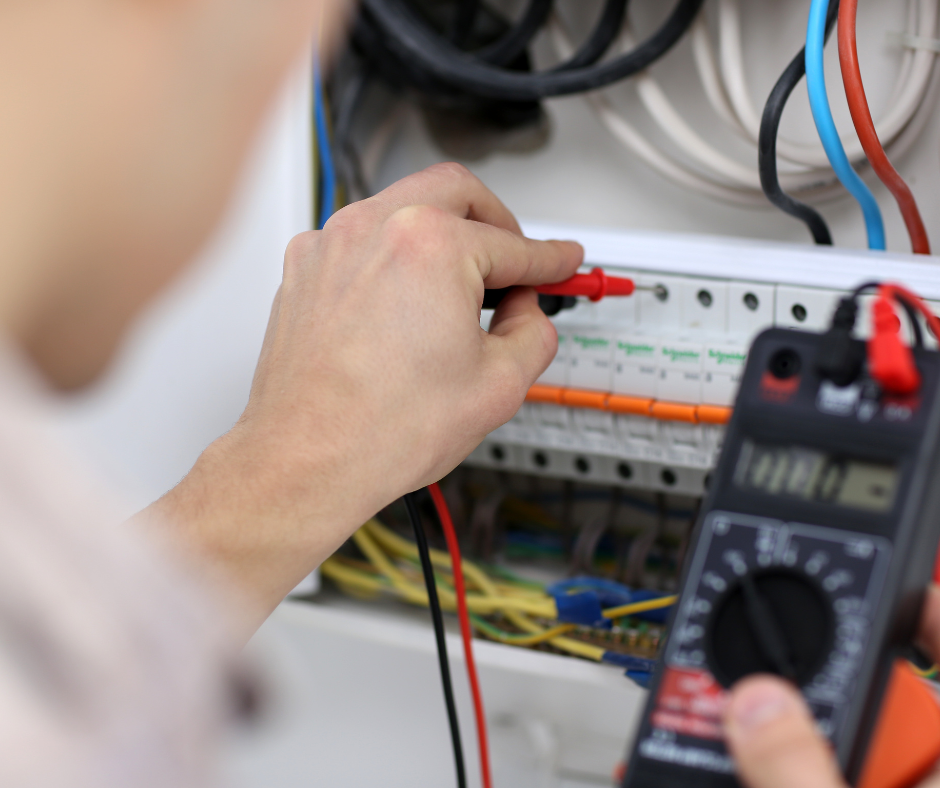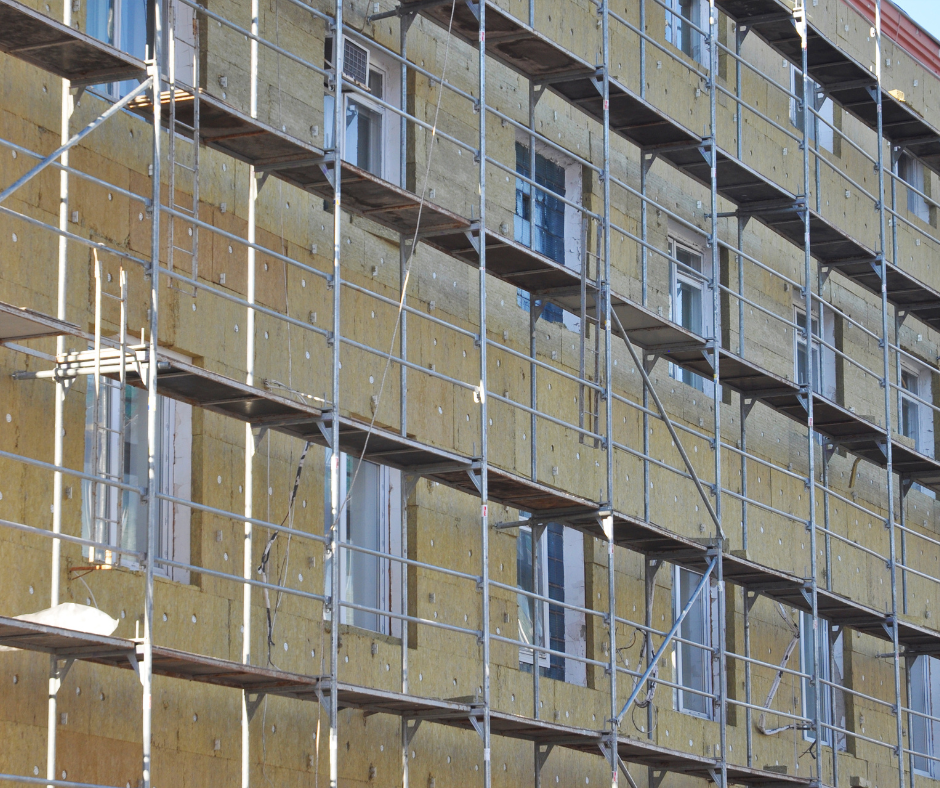Why do my electrics keep tripping
Electrics tripping especially the socket circuits can be annoying and extremely inconvenient at the same time. During the cold of the winter months this can be a severe issues as most modern heating sources (even gas boilers and heaters) need electrics to operate internal components. In addition more and more people are now working from home and they require their IT equipment to be connected to mains supply and an internet router. The recent introduction and the changeover to braodband based telephone lines means that a disruption in power would also stop your phone lines working. Electrical faults can occur for a variety of reasons, this article will highlight a number of ways to prevent or self diagnose these issues without the need for a qualified electrician.
What is a fuse box or consumer unit?
A fuse box is an electrical equipment that houses the fused cartridges protecting individual circuits within a property. More recently fuse boxes are refered to as consumer units as rather than fused cartridges they contain Miniature Circuit Breakers (MCBs) and Residual Current Devices (RCDs). MCBs work in a simillar wayto fuses which are designed to melt and break a circuit if the current flowing through exceeds the limit. However, fuses can be less significantly reliable than MCBs. MCBs work better in lower voltage settings and can be simply reset rather than the need to replace fuses. RCDs are a different type of electrical safety equipment. While MCBs provide general protection and isolation, RCDs are specifically designed to protect against the fatal risk of electrocution from exposed wires or unearthed cables. They are installed within the consumer unit and protect multiple circuits in order to detect faults and cut off power to protect against hazardous currents.
Common causes of electrics tripping within a property and what to look out for
There are 3 main factors that cause tripping.
Earth Fault: This occurs when the live conductor touches anything that’s earthed in the circuit. The contact can be between the two wires but can also be between the live wire and an earthed area of an appliance e.g the metal casing. If the circuit is not protected and direct contact is made with this area, it can cause a fatal shock. This is why it is very important that all circuits are protected by an RCD. Kitchens and bathrooms can be particularly dangerous for this as leaks or water can create a pathway between the live and the earth.
Short Circuit: If an issue causes the live and neutral wires to come into contact within the circuit, a large amount of current will flow, overloading the circuit. Short circuits are dangerous because high levels of electricity can cause the wiring to heat up and catch fire. The MCB will detect the surge and trip and maybe accompanied by a loud sound or smoke. s well as popping sounds. T
A faulty electrical switch, outlet, appliance, plug, or cord can cause a short circuit.
Overloaded circuit:
A circuit overload occurs when you attempt to consume more electricity than your circuit is designed for. This activates the overload protection device. When a circuit overload occurs, the circuit breaker trips, cutting off the power supply to that circuit and turning off electricity which would prevent a potential house fires. Without a circuit breaker the overload would cause the wiring to overheat and possibly melt, potentially causing a fire. This is most common when extension leads are overloaded, multiway extension lead sockets should not be used at the same time. You can use the socket overload tool to determine if you are overloading sockets.
Understanding the 3 issues above will go a long way to help self diagnose and rectify tripping of your circuits. Most modern fuse boards are fitted with a main switch and a number of circuits e.g. lighting, sockets, kitchen, water heater, smoke alarms etc. These circuits are usually protected by two separate RCDs. This ensures that if there is fault on a particular circuit and one of the RCDs is tripped then then occupier has the use of the remaining circuits. Protecting all the circuits with a single RCD means in the event of a fault the power supply for all the circuits will be disconnected. Assuming your electrical installation is fairly up to date and all the circuits are correctly labelled, it is possible to narrow the fault down to a possible circuit and maybe further narrow it down to the root cause. Below is some of the steps to locate and possibly resolve the fault without the expertise of an experienced electrician.
The first step is to determine if it is the MCB or the RCD that has tripped. Resetting either of these will ascertain if was temporary fault or an ongoing issue. Various factors can activate either of these protective devices temporarily, for example surge in the use of appliances can trip MCBs whilst a simple case of a light bulb blowing can trip the RCD. If the reset resolves the issue it would be good practice to visually inspect the installation and rectify the issue that may have caused it in the first place. E.g. removing multiple appliances from a socket or extension lead and separating them or replacing the blown bulb. Below we will look at what steps to take if either device cannot be reset.
If the MCB cannot be reset then you have a short circuit or circuit overload and if this is on socket or kitchen ring circuit then it could possibly be related to either overload by the appliances or a fault within a particular appliance rather than the circuit itself. If you have not recently added or changed the appliances then it may be due to a fault within an appliance. A simple elimination method can be used to rule out the appliances and this would be to remove everything plugged into that circuit and try resetting the MCB again. It is advisable to use protective eyewear and thick rubber gloves when attempting to reset the MCB. Should this resolve the issue then the appliances will need to be tested by a technician before being plugged back in. If the breaker continues to trip without the appliances then the fault is likely to be within the electrical circuit or other appliances that may be hard wired in eg heaters, boilers etc. If the fault remains unresolved then a qualified electrician should be contacted to investigate further but meanwhile appliances needed urgently can be plugged into other circuits if available to continue use. E.g. if the kitchen ring circuit breaker has tripped then the fridge freezer can be temporarily plugged into the socket circuit until the fault is resolved.
The RCD is not directly connected to any particular circuit and therefore usually trips due to a fault within one of the circuits it is protecting. The simplest way to narrow down the circuit causing the issue is to turn off all the MCBs connected to the RCD. Switch the RCD back on and if it does not trip then try each individual circuit. If this can be narrowed down to one circuit then the remaining can be switched back on. The elimination process as above can also be tried if circuit in question has appliances plugged in. These steps can either help resolve the issue or possibly provide you with use of some of the circuits to minimise inconvenience.
Other factors that can cause electrics to trip:
- Overfilled kettles
- Clogged toasters
- Damaged or worn electric cooker rings
- Faulty immersion elements
- Faulty electric showers
- Leaks or spillage on electrical fittings
- Rodent damage to concealed cables
- Faulty MCBs or RCDs
- Damage to fittings such as sockets and light fittings
Final Thoughts
Whilst electrical faults can be nuisance some of the issues in a correctly installed and labelled system can be self diagnosed and resolved. In addition regular inspections and testing of the consumer unit and wiring will highlight any issues such as wear or failing wires. If you have any concerns contact us today to book and Electrical Inspection Condition Report



